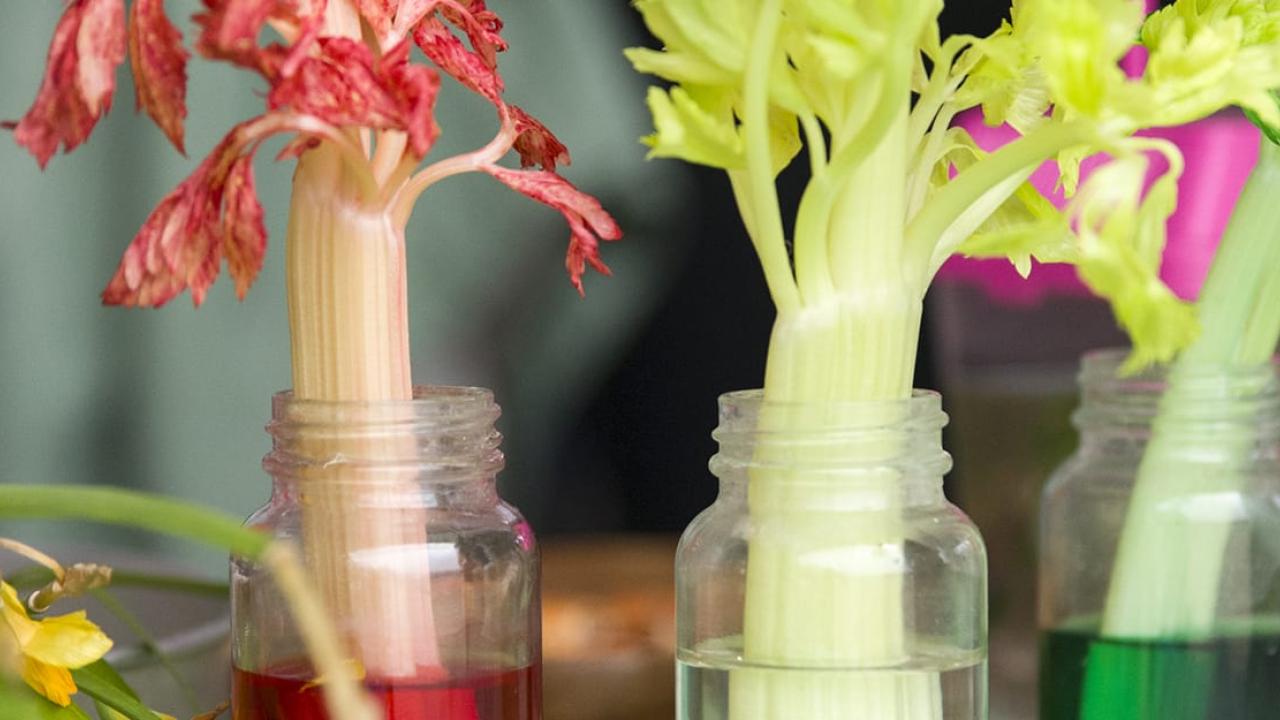

Learning
Garden Stories
How the world celebrates the Winter Solstice
On December 21 in the Northern Hemisphere, Earth’s tilt positions the North Pole as far away from the sun as it will be all year, and we experience our shortest day. For the natural world, the Winter Solstice represents a moment of quiet and dormancy. After the first day of winter, the days begin to lengthen again, and with the returning sun comes the promise of new life.
The solstice actually only lasts for a moment. But the day, and sometimes beyond, marks a celebration for cultures all over the world. Those extra minutes of sunlight, which were especially important in times when harsh winters impacted daily life, represent a new beginning. Winter Solstice celebrations continue to be a reminder of how nature’s rhythms replenish and sustain us.
Below, read descriptions of Winter Solstice celebrations around the world. Scroll down to the map to see if you can match the description to the place. Note that in the Southern Hemisphere, the Winter Solstice happens on June 21.
Feast of Juul (Yule): During this ancient feast day, fires from burning yule logs symbolized the power of the returning sun.
Inti Raymi: This “sun festival” revolved around a daybreak ceremony utilizing a mirror to concentrate the sun’s rays and kindle a symbolic new fire. Now it’s celebrated with festivities and theatrical performances.
Soyal: This native tradition calls the sun back from its sleep to begin another cycle of seasons and agriculture with dancing, prayer sticks, gifts, and bonfires.
Dongzhi: Originally a harvest festival, Dongzhi (“winter’s extreme”) embraces the concept of balance—the return of the sun in the midst of darkness. Families enjoy dumplings in honor of a new year.
Saturnalia: Many modern midwinter celebrations take inspiration from this ancient week-long festival marking the end of harvest season, a tribute to the god of time and agriculture.
Shab-e Yalda: During this “night of birth” event, families celebrate with poetry, candles, and festive red foods (the color of dawn) like pomegranate until the sun comes up again.
Toji: Against a backdrop of bonfires burning in the mountains, people take traditional baths infused with citrus and eat winter squash to bring luck. Toji originated with farmers welcoming the sun back to nurture their crops.
Santo Tomás Festival: This festival culminates in the “flying pole dance,” in which participants climb a 100-foot pole, secure themselves with a rope, and jump, a tradition that began in honor of the sun god.
See if you can match the Winter Solstice celebration to its location. The locations are marked on the map above with ☀. Click each ☀ to read about each location's Winter Solstice celebration, or click the Answer Key button below for a list of the celebrations paired with their matching locations.
Answer Key
Sweden: The Feast of Juul was an ancient Scandinavian solstice tradition.
Peru: Inti Raymi is Quechua for “sun festival,” an Incan tradition celebrated on June 24 just after the Southern Hemisphere’s Winter Solstice.
Arizona: The Hopi tribe celebrates Soyal on December 21.
China: Dongzhi is celebrated between December 21 and 23 based on the celestial calendar.
Rome: Ancient Rome’s Saturnalia lasted from December 17 to 24.
Iran: Shab-e Yalda is an ancient Persian festival celebrated on December 21.
Japan: Toji is celebrated in Japan on December 21, with bonfires burning on Mount Fuji when the sun returns on December 22.
Guatemala: The town of Chichicastenango celebrates Santo Tomás Festival for a week leading up to December 21.

